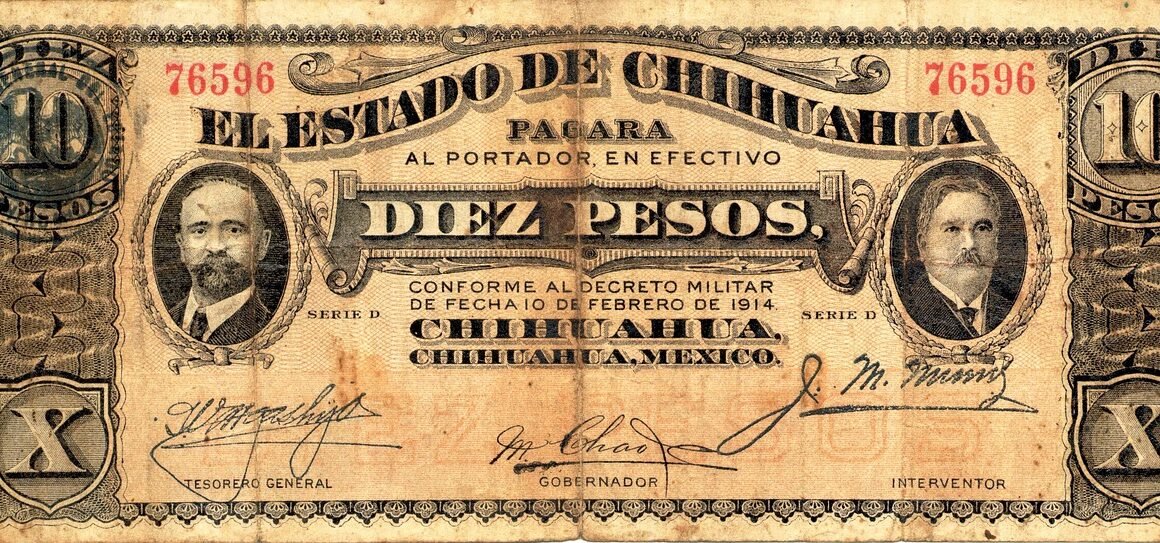Budgeting: the word itself can conjure images of restriction and sacrifice. But in reality, effective budgeting is a powerful tool for financial empowerment, allowing you to understand where your money goes, make informed decisions, and ultimately achieve your financial goals. Whether you dream of early retirement, owning a home, or simply feeling more secure, mastering the art of budgeting is the crucial first step. Let’s dive into how to create a budget that works for you.
Understanding Your Current Financial Situation
Tracking Your Income and Expenses
The foundation of any good budget is a clear picture of your current financial landscape. This means meticulously tracking both your income and your expenses.
- Income: This includes everything from your salary (after taxes) to any side hustle income, investment returns, or government benefits. Use bank statements, pay stubs, and other documentation to get accurate numbers.
- Expenses: This is where many people stumble. It’s crucial to capture every expense, no matter how small. Use a budgeting app (like Mint, YNAB, or Personal Capital), a spreadsheet, or even a notebook to record your spending. Divide your expenses into two main categories:
Fixed Expenses: These are relatively consistent amounts each month, such as rent/mortgage, loan payments, insurance premiums, and subscription services.
Variable Expenses: These fluctuate from month to month, including groceries, utilities, transportation, entertainment, and dining out.
- Example:
Imagine Sarah. Her monthly after-tax income is $4,000. After tracking her expenses for a month, she discovers her fixed expenses total $2,500, while her variable expenses average $1,800. This reveals she’s spending $300 more than she earns each month. This is a critical insight that highlights the need for a budget adjustment.
Categorizing Your Spending
Once you’ve tracked your expenses, categorize them. This will help you identify areas where you can potentially cut back. Common categories include:
- Housing
- Transportation
- Food (Groceries & Dining Out)
- Utilities
- Entertainment
- Debt Payments
- Savings
- Personal Care
- Healthcare
- Practical Tip: Many budgeting apps automatically categorize your transactions, making this step much easier. If you’re using a spreadsheet, create columns for each category.
Creating Your Budget Plan
Different Budgeting Methods
Several budgeting methods can help you allocate your funds effectively. Here are a few popular options:
- 50/30/20 Rule: Allocate 50% of your income to needs (housing, food, transportation), 30% to wants (entertainment, dining out, hobbies), and 20% to savings and debt repayment.
Example: If your monthly income is $4,000, you’d allocate $2,000 to needs, $1,200 to wants, and $800 to savings and debt repayment.
- Zero-Based Budgeting: Allocate every dollar of your income to a specific category, ensuring that your income minus your expenses equals zero. This forces you to be intentional with your spending.
Example: If you earn $3,000 per month, you would assign that $3,000 to different categories, like rent ($1,000), groceries ($400), debt repayment ($600), etc., until every dollar is accounted for.
- Envelope System: Use physical envelopes for different spending categories (e.g., groceries, entertainment). Fill each envelope with the allocated amount and only spend from that envelope.
Example: If you budget $500 for groceries each month, you’d put $500 cash in the “Groceries” envelope. Once the money is gone, you can’t spend any more on groceries until the next month.
- Pay Yourself First: Prioritize saving a certain percentage of your income before allocating funds to other expenses. This ensures you’re consistently saving towards your financial goals.
Example: Automatically transfer 15% of each paycheck to a savings account before paying any bills.
Setting Realistic Goals
Your budget should align with your financial goals. What do you want to achieve? Consider both short-term and long-term objectives.
- Short-Term Goals: Examples include paying off credit card debt, building an emergency fund (3-6 months of living expenses), or saving for a down payment on a car.
- Long-Term Goals: Examples include saving for retirement, buying a house, or funding your children’s education.
- Actionable Takeaway: Quantify your goals. Instead of “saving for retirement,” aim for “saving $500 per month for retirement.” This makes your goals more tangible and easier to track.
Implementing and Maintaining Your Budget
Tracking Your Progress Regularly
Creating a budget is only half the battle. The key is to consistently track your progress and make adjustments as needed.
- Review your budget weekly or monthly: Compare your actual spending to your budgeted amounts.
- Identify areas where you’re overspending: Analyze why you exceeded your budget in those categories.
- Make necessary adjustments: Reallocate funds from one category to another if needed. Be flexible and adapt your budget to your changing circumstances.
- Example: If you consistently overspend on dining out, consider reducing that allocation and increasing your grocery budget to cook more meals at home.
Dealing with Unexpected Expenses
Life throws curveballs. Unexpected expenses are inevitable. Building an emergency fund is crucial for handling these situations without derailing your budget.
- Emergency Fund: Aim to save 3-6 months’ worth of living expenses in a readily accessible account. This can cover unexpected medical bills, car repairs, or job loss.
- Create a Contingency Fund: Allocate a small amount in your monthly budget for unforeseen expenses.
- Tip: Automate contributions to your emergency fund. Even small, consistent contributions can add up over time.
Reviewing and Adjusting Your Budget Periodically
Your budget shouldn’t be a static document. Review it periodically (at least quarterly) to ensure it still aligns with your financial goals and current circumstances.
- Life Changes: Adjust your budget to reflect significant life changes, such as getting married, having a child, or changing jobs.
- Inflation: Account for inflation when budgeting for essential expenses like groceries and utilities.
Optimizing Your Budget for Savings and Debt Reduction
Cutting Unnecessary Expenses
One of the most effective ways to improve your budget is to identify and eliminate unnecessary expenses.
- Subscription Audit: Review all your subscriptions (streaming services, gym memberships, etc.) and cancel those you don’t use regularly.
- Negotiate Bills: Contact your service providers (internet, phone, insurance) and negotiate lower rates.
- Meal Planning: Plan your meals in advance to reduce impulse purchases and minimize food waste.
- Find Free Entertainment: Take advantage of free activities in your community, such as parks, museums (on free admission days), and local events.
- Example: Cutting back on just two streaming services could save you $30-$40 per month.
Prioritizing Debt Repayment
Debt can be a significant drain on your finances. Prioritize paying down high-interest debt, such as credit card debt, to save money on interest charges.
- Debt Snowball Method: Focus on paying off the smallest debt first, regardless of interest rate. This provides quick wins and motivates you to continue.
- Debt Avalanche Method: Focus on paying off the debt with the highest interest rate first. This saves you the most money in the long run.
- Practical Tip:* Consider consolidating your debt with a lower-interest personal loan or balance transfer credit card.
Conclusion
Budgeting isn’t about deprivation; it’s about control. It’s about understanding your finances, making informed decisions, and working towards your financial goals. By tracking your income and expenses, creating a budget plan that aligns with your priorities, and consistently monitoring your progress, you can take control of your money and build a more secure financial future. Remember to be flexible, adapt to changing circumstances, and celebrate your successes along the way. Start small, stay consistent, and watch your financial dreams become a reality.



